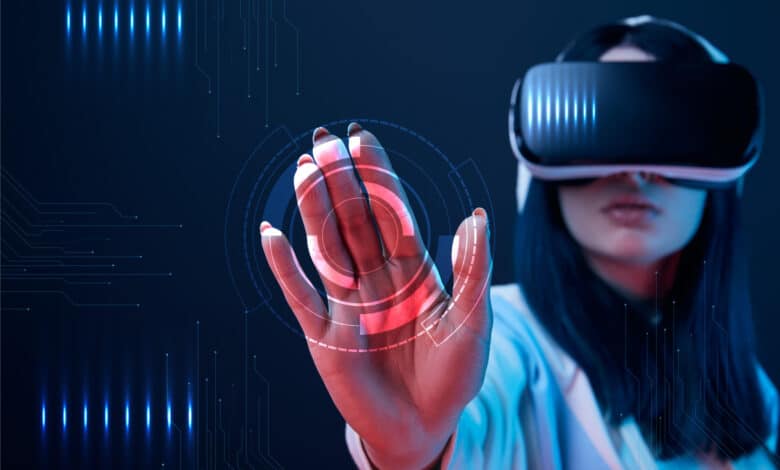
Facebook parent company Meta is planning new VR and AR glasses, that much is certain. Now, CEO Mark Zuckerberg has addressed the U.S. press with the company’s VR vision of the future, presenting three HMD prototypes at once that are said to be suitable for different areas. A fourth model was also shown in a rendering.
Meta VR headsets presented
Meta’s Reality Labs division has been working behind closed doors on its own ideas for virtual reality headsets that will showcase the company’s VR future. Meta CEO Mark Zuckerberg and Michael Abrash, chief scientist of Reality Labs, now presented the concepts, codenamed Butterscotch, Starburst, Holocake 2 and Mirror Lake, to the US press.
However, the concept models shown are massive prototypes that are far from being ready for series production and primarily serve the purpose of demonstrating a special technology in each case, such as ultra-bright illumination or an ultra-high-resolution screen.
Mark Zuckerberg’s stated goal is to be able to reproduce reality almost perfectly: “I think we’re in the middle of a big step towards reality right now. I don’t think it will be long before we can map scenes with near-perfect, realistic quality,” Zuckerberg revealed to US website The Verge.
The ultimate goal of Meta and the Reality Labs division is to create VR hardware that meets all visual and technical requirements so that the image quality is perceived as “real” by your eyes, Zuckerberg added.
Four VR concepts show the whole picture
In order to create this “perfect” VR headset, Zuckerberg and Abrash say four core areas need to be perfected. For example, there’s high resolution, which must be enough to clearly read the 20/20 row of the vision sample chart.
This endeavor was addressed with Meta’s Butterscotch VR headset prototype, which implements near retina resolution. However, the design is far from delivery, it is further reported.
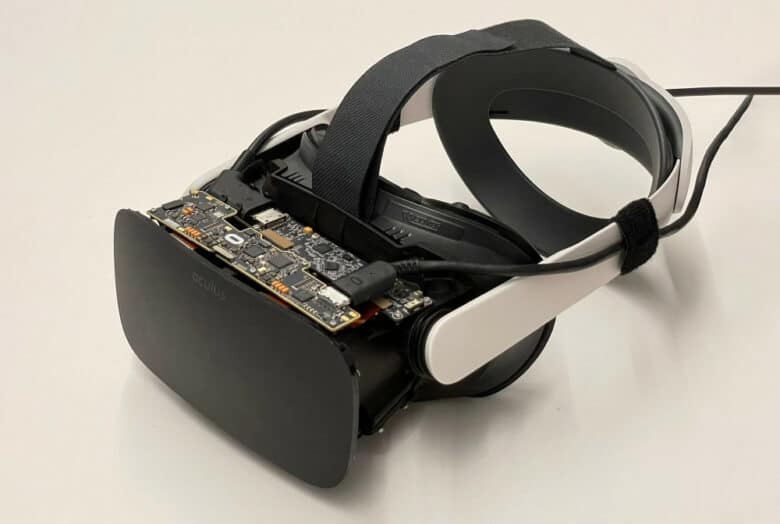
In addition, Butterscotch currently requires to halve the 110-degree field of view of the current Meta Quest 2. However, in doing so, the prototype achieves 2.5 times the current HMD’s resolution of 1,832 x 1,920 pixels per eye, allowing for 20/20 row reading. According to Zuckerberg, the prototype achieves around 55 pixels per degree of field of view.
Looking considerably more like “work-in-progress” is the Starburst prototype, which in its current form still has to be held in place with handles and cooled by Noctua fans. It focuses primarily on the core area of HDR (high dynamic range) display.

At the same time, the prototype reaches an impressive peak brightness of 20,000 nits. By comparison, the Meta Quest 2 reaches a maximum of 100 nits or cd/m², while current mini-LED TVs get up to 2,000 nits.
VR headset as thin as sunglasses
Meta’s Holocake 2 VR headset prototype, on the other hand, is designed to push development in the opposite direction. Here, the focus is on weight reduction and improved portability. This is a continuation of the “Facebook VR Sunglasses” from 2020, which relied on holographic optics and an ultra-compact design. Here, the company is currently working on the development of its own light source to supply the VR headset with energy.
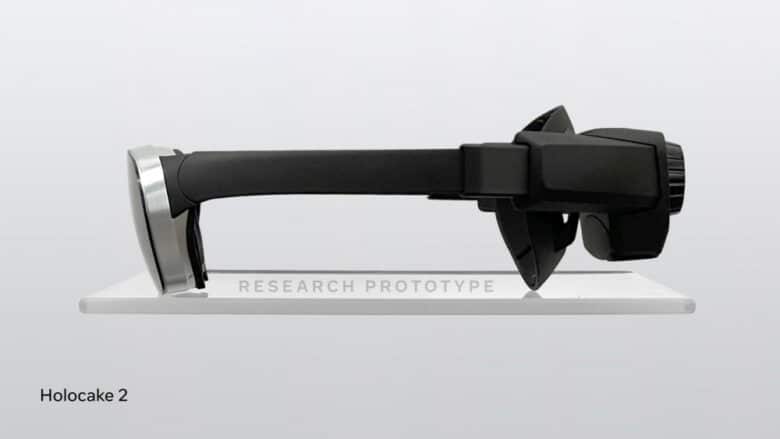
Based on a laser: “We still have a lot of development work to do to achieve a consumer-friendly laser that meets our requirements: it needs to be safe, low-cost and efficient, and also fit into a thin VR system,” Meta CEO Zuckerberg said. There is currently no suitable laser source, he added.
Mirror Lake, on the other hand, showed up only as a rendering and is not yet available as a physical prototype. It shows the vision of how Meta envisions VR headsets in the future. They should be particularly compact and lightweight.
The rendering is remotely reminiscent of ski goggles and offers the special feature of projecting an image onto the wearer’s eyes via outward-facing displays, which is intended to minimize the physical separation from the outside world. Meta had already shown a corresponding prototype last year, which you can see at The Verge.
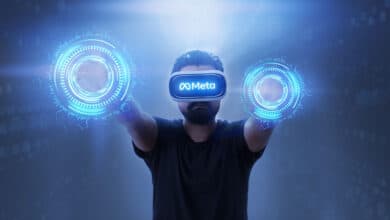
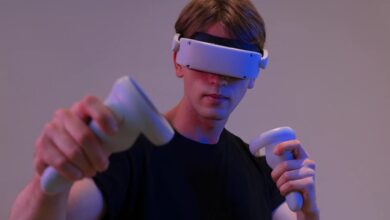
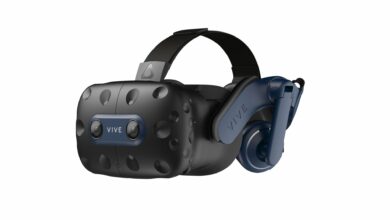

No replies yet
Neue Antworten laden...
Gehört zum Inventar
Beteilige dich an der Diskussion in der Basic Tutorials Community →